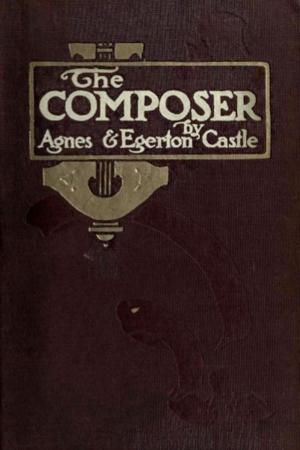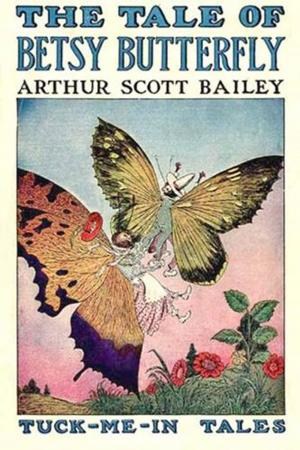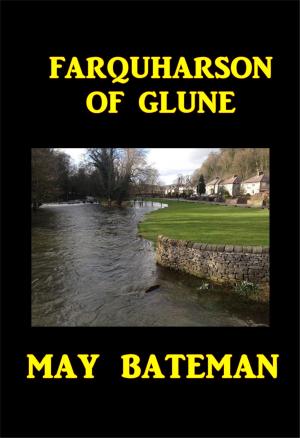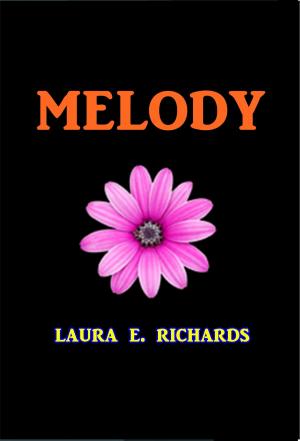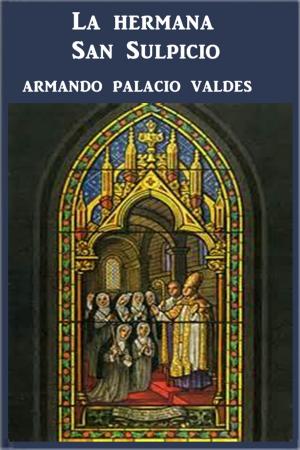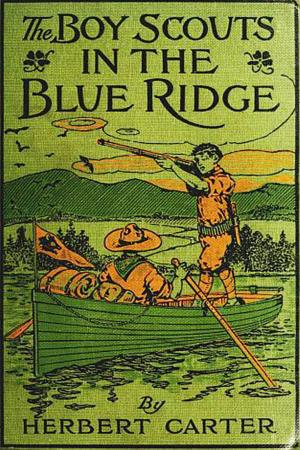| Author: | Elizabeth Stuart Phelps | ISBN: | 1230001561999 |
| Publisher: | Green Bird Press | Publication: | February 25, 2017 |
| Imprint: | Language: | English |
| Author: | Elizabeth Stuart Phelps |
| ISBN: | 1230001561999 |
| Publisher: | Green Bird Press |
| Publication: | February 25, 2017 |
| Imprint: | |
| Language: | English |
The Gates Ajar is an 1868 religious novel by Elizabeth Stuart Phelps (later Elizabeth Phelps Ward) that was immensely popular following its publication. It was the second best-selling religious novel of the 19th century. 80,000 copies were sold in America by 1900; 100,000 were sold in England during the same time period. Sequels Beyond the Gates (1883) and The Gates Between (1887) were also bestsellers, and the three together are referred to as the author's "Spiritualist novels. The novel is presented like a diary by its main protagonist, Mary Cabot, who mourns the death of her brother Royal. Much of the plot is presented as a dialogue about the afterlife between the two women. The novel represents heaven as being similar to Earth (but better). In contrast with traditions of Calvinism, Phelps's version of heaven is corporeal where the dead have "spiritual bodies", live in houses, raise families, and participate in various activities The idea was not original to Phelps; at least one earlier book, the anonymous Heaven Our Home, was advertising as early as 1863 about its vision of "a Social Heaven in which there will be the most Perfect Recognition, Intercourse, Fellowship, and Bliss.
The Gates Ajar is an 1868 religious novel by Elizabeth Stuart Phelps (later Elizabeth Phelps Ward) that was immensely popular following its publication. It was the second best-selling religious novel of the 19th century. 80,000 copies were sold in America by 1900; 100,000 were sold in England during the same time period. Sequels Beyond the Gates (1883) and The Gates Between (1887) were also bestsellers, and the three together are referred to as the author's "Spiritualist novels. The novel is presented like a diary by its main protagonist, Mary Cabot, who mourns the death of her brother Royal. Much of the plot is presented as a dialogue about the afterlife between the two women. The novel represents heaven as being similar to Earth (but better). In contrast with traditions of Calvinism, Phelps's version of heaven is corporeal where the dead have "spiritual bodies", live in houses, raise families, and participate in various activities The idea was not original to Phelps; at least one earlier book, the anonymous Heaven Our Home, was advertising as early as 1863 about its vision of "a Social Heaven in which there will be the most Perfect Recognition, Intercourse, Fellowship, and Bliss.


